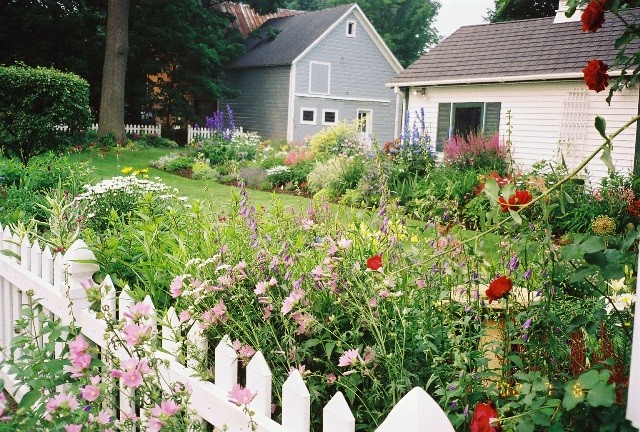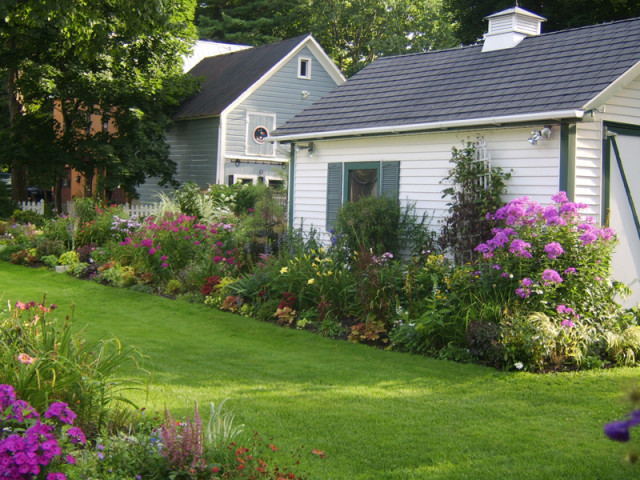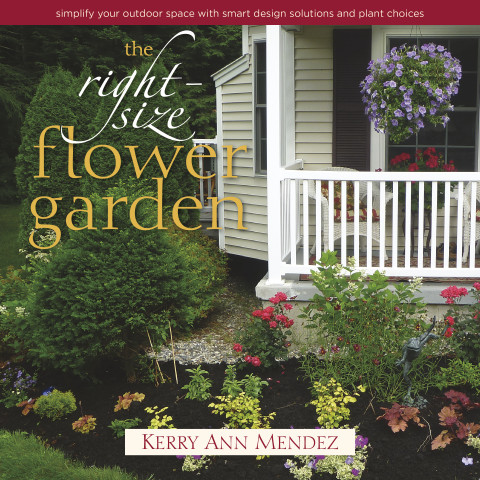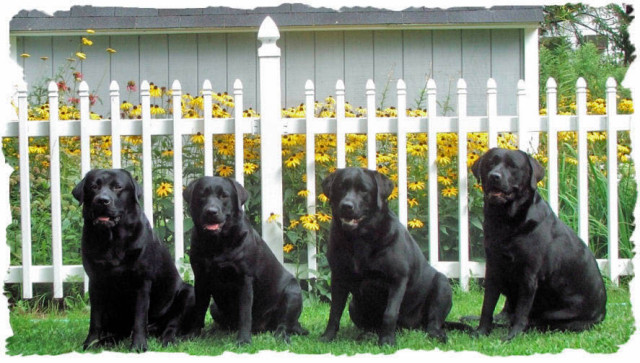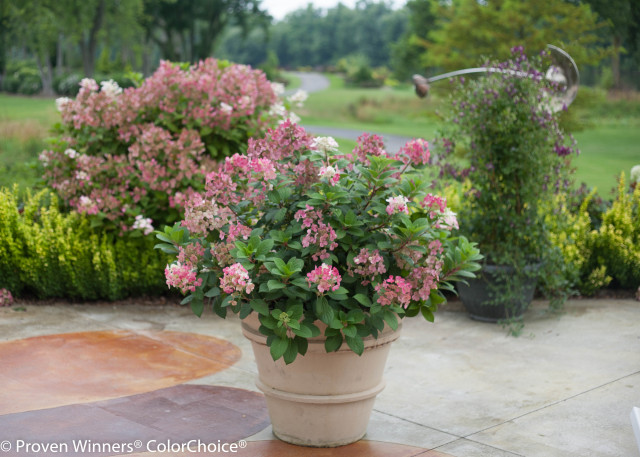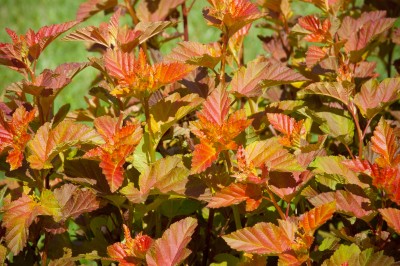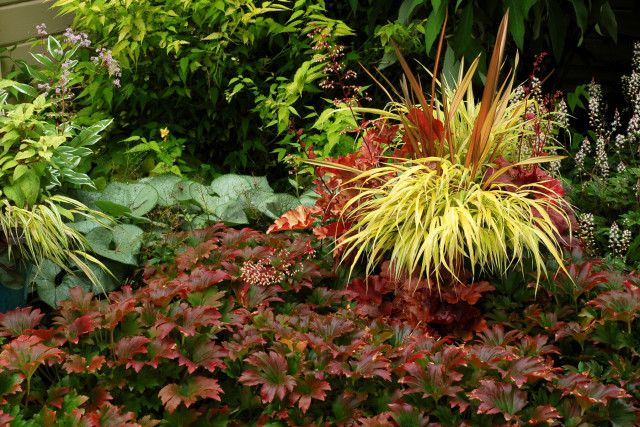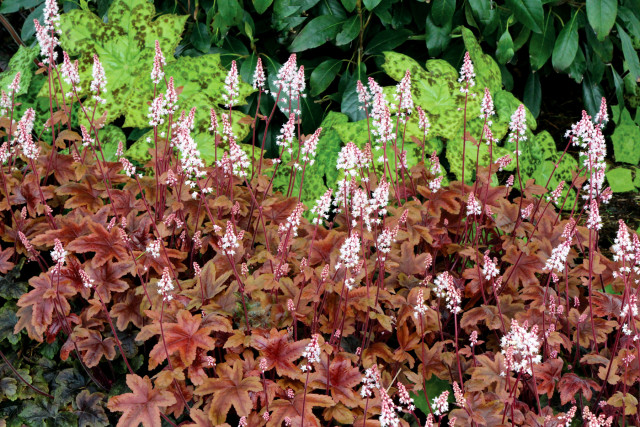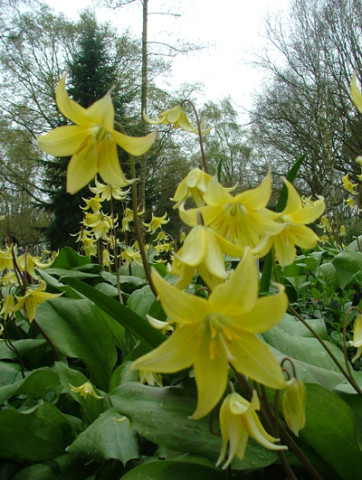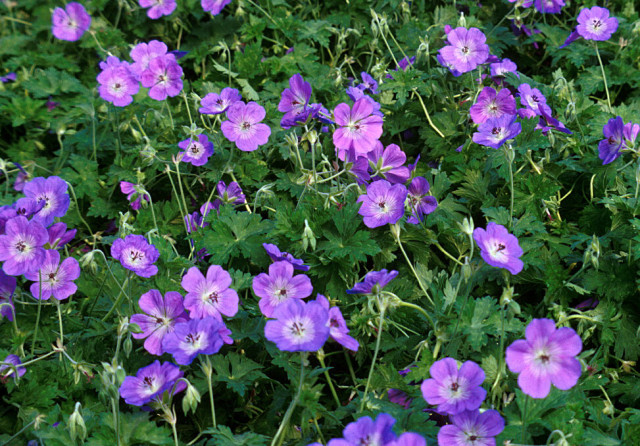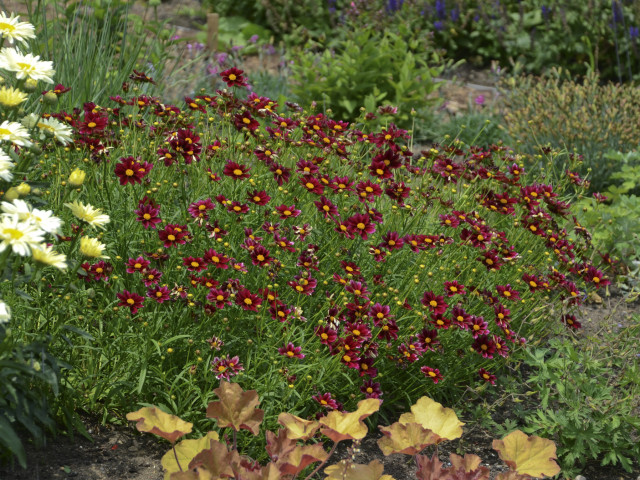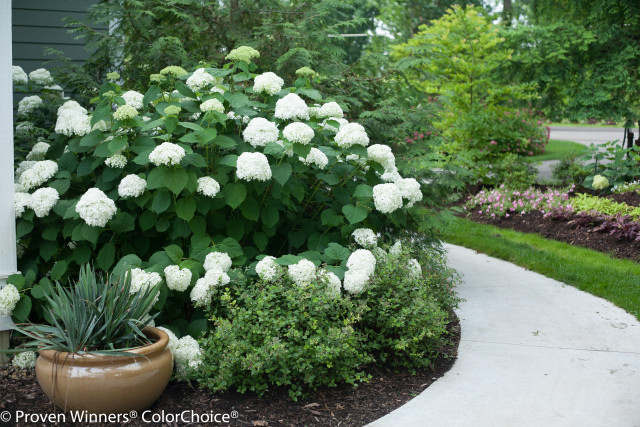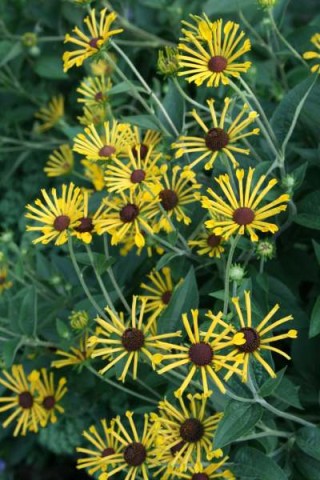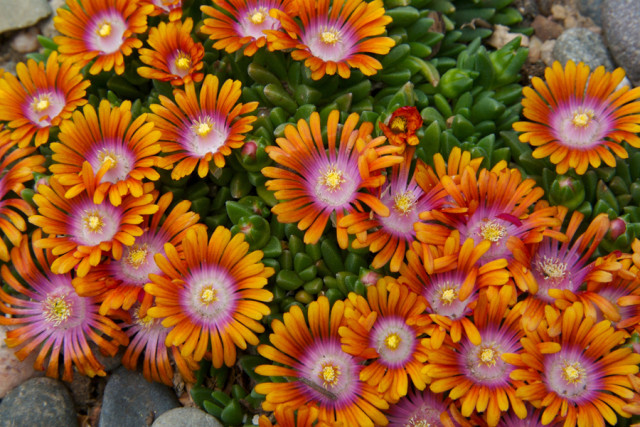I will be the first to admit it (but I’m not alone!) that I’ve become a slave to my gardens. For years I added gardens to the landscape. There was always room for just one more plant, right? But I started noticing the joy I used to feel when puttering in my gardens had started turning to guilt. I should be doing more, but I simply didn’t have the same energy or time I used to.
I have always liked a low maintenance garden canberra, I’m just that type of gardener. My first two books focused on tough-love plants and practices. I was keeping up with the gardens until August 2011, when my husband broke his neck in an accident. By God’s grace, he was not paralyzed, but his ability to help me with the landscape was stopped cold. He had to retire and I needed to get a full time job with benefits to support the family, while also trying to run my gardening business. This major life-turning event forced me to take a new look at what I considered low-maintenance landscapes. My friend suggested adding a solar wind spinner as part of the low-maintenance garden, I might consider doing that in the future.
Below are some steps I took to regain my sanity, cut maintenance time by 50%, embrace more sustainable practices and plants, and renew my passion for gardening. The solutions are equally appropriate for new gardeners just starting down the garden path; those juggling jobs and children; and for urban dwellers with a passion for plants but little space to work with. (More time-saving plants and design solutions are in my new book, The Right-Size Garden: Simplify Your Outdoor Space with Smart Design Solutions and Plant Choices).
*Remember, plants are not your children or pets! Be willing to swap out needier plants for higher performing, more enjoyable alternatives. You can ditch those that are too much trouble or never performed well in the garden. Gardeners are by nature, nurturers and caretakers. And that’s good, but we need to draw the line on needy plants! No more making excuses for troublemakers that cause frowns – this only creates more wrinkles. Grab the shovel, pop ‘em out, give ‘em to friends or to the compost pile, and celebrate one less hassle to deal with.
*Replace needier flowering perennials with glamorous, no-fuss, flowering shrubs. For years I’ve been a perennial collector. I loved creating gardens massed with tried and true beauties as well as funky, unusual, eye-brow raising specimens. Unfortunately the reality is that most perennials are more demanding than shrubs. Perennials typically need more water, fertilizer and routine maintenance. A single shrub that struts gorgeous flowers and flattering leaves, with little preening on my part, wins the beauty pageant! Plus one shrub can efficiently hold court in a space that would require numerous perennials. I had a head thumping, ‘I could have had a V-8’ moment and started replacing sweeps of perennials with flowering shrubs. Oh what a relief it was! Some all-stars include Syringa (lilac) ‘Bloomerang’, Hydrangea paniculata ‘Little Quickfire’, ‘Bobo’ and ‘Limelight’; Hydrangea arborescens ‘Incrediball’; Physocarpus (ninebark) ‘Amber Jubilee’; Azalea ‘Northern Hi-Lights’ (hardy to zone 4), Fothergilla (bottlebrush) ‘Blue Shadows’; Cornus alternifolia (pagoda dogwood) ‘Golden Shadows’; Spirea ‘Ogon’; and Deutzia ‘Yuki Snowflake’.
*Flashy foliage rules! Nothing contributes longer color than foliage. Leaves come in so many colors, shapes, sizes and textures. Flowers are icing on the cake. The combinations are endless. And when you toss in contributions from stems and bark, you’ve got a psychedelic feast on your hands. Some outstanding perennials for eye-popping foliage include Heucherella (foamy bells), Heuchera (coral bells), Arailia ‘Sun King’, Brunnera (Siberian bugloss), Hakonechloa (hakone grass), sedum and of course, Hosta.
*Replace short-lived flowering bulbs with long-lived, naturalizing varieties that deer detest. Enough already with tulips that may only last three to five years, assuming they aren’t devoured by deer and other critters first. Been there, done that. I need bulbs that will not only return year after year (in a mannerly way), but will also increase in mass and be snubbed by ‘chompers’. Daffodils (sun-part shade); Camassia quamash (sun-part shade), Colchicum (sun-part shade, fall bloomer); Fritilleria meleagris (sun-part shade); Hyacinthoides hispanica (sun-part sun); Allium (sun-part sun); Eranthis hyemalis (part shade) and Erythronium pagoda (part sun-part shade).
*Switcheroos – replace high-need plants with look-alikes that offer twice the pleasure and are much less demanding (on both us and the environment!)
*Geranium ‘Rozanne’ replaces most hardy geraniums. ‘Rozanne’ is sterile and blooms from mid-June through October with no deadheading.
*Coreopsis ‘Mercury Rising’ replaces Coreopsis grandiflora (i.e., ‘Early Sunrise’) that constantly need deadheading, can look messy, and are usually short-lived
*Hydrangea ‘Incrediball’ (H. arborescens) replaces Bigleaf Hydrangea (Hydrangea macrophylla). Bigleaf Hydrangeas can be inconsistent bloomers in Zones 6 or colder, plus they are water hogs.
*Fothergilla replaces invasive Burning Bush. Fothergilla has lovely, fragrant spring flowers, a neat growth habit that requires little pruning, and provides striking fall foliage color.
*Begonia boliviensis ‘Bonfire’ replaces common Impatiens that require a lot of water and are extremely frost sensitive.
*Naturally natives! Native plants are vital for our regional eco-system, plus they save us time and money in the garden. For a list of natives for your region, check out The Lady Bird Johnson Wildflower Center that includes a database of nurseries that carry native plants and can be searched by city, state or region. Here are some less commonly used perennial faves that I’ve grown over the years: Veronicastrum virginicum; Actaea pachypoda ‘Misty Blue’; Callirhoe involucrate; Rudbeckia maxima and Rudbeckia subtomentosa ‘Henry Eilers’ and ‘Little Henry’; Spigelia marilandica; and Vernonia lettermannii ‘Iron Butterfly’.
*Incorporate stunning, weed-smothering ground covers as colorful tapestries. If a hell-strip area has you frustrated by unsuccessful attempts to grow a garden or grass, end the ‘madness’ by planting sassy ground covers. Here are a few stalwarts that will bring smiles to your face: Leptinella ‘Platt’s Black’ (sun-part shade); Delosperma (ice plant, sun); Epimedium (barrenwort, part shade – shade); Thymus (creeping thymes); Ajuga (bugleweed, sun-shade); Mazus reptans (creeping mazus, sun – part shade); Sagina subulata ‘Aurea’ (scotch moss, sun – part shade); Antennaria dioica ‘Rubra’ (pink pussy-toes) and various creeping sedum
If you feel like I used to – that gardening isn’t as much fun anymore – then start now to right-size your gardens. Remember, plants are not your children or pets; you can get rid of some. Move at your own pace, but move!”
Kerry Ann Mendez, the author of the article above, is an award-winning speaker, garden designer and author of three gardening books. Her most recent book, The Right-Size Flower Garden, was released in 2015. For more about Kerry Ann, and her business Perennially Yours, visit her web site at PYours.

